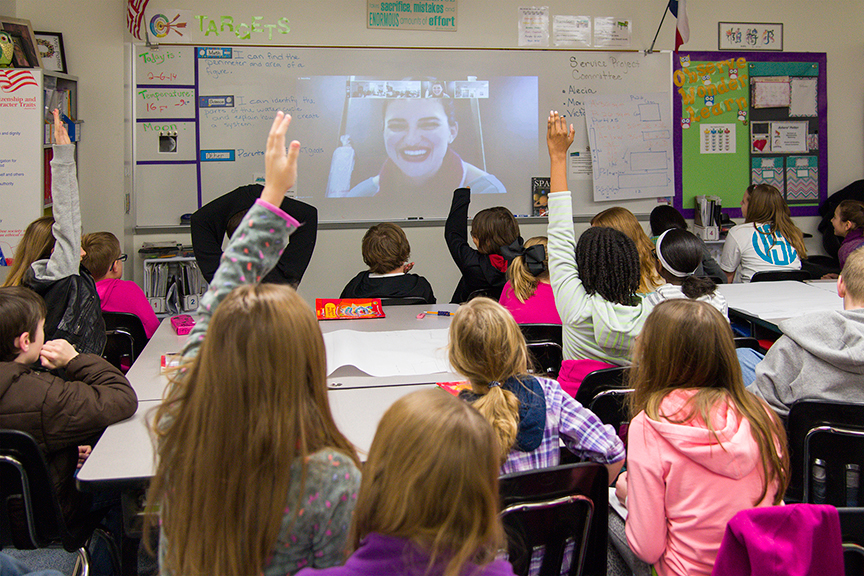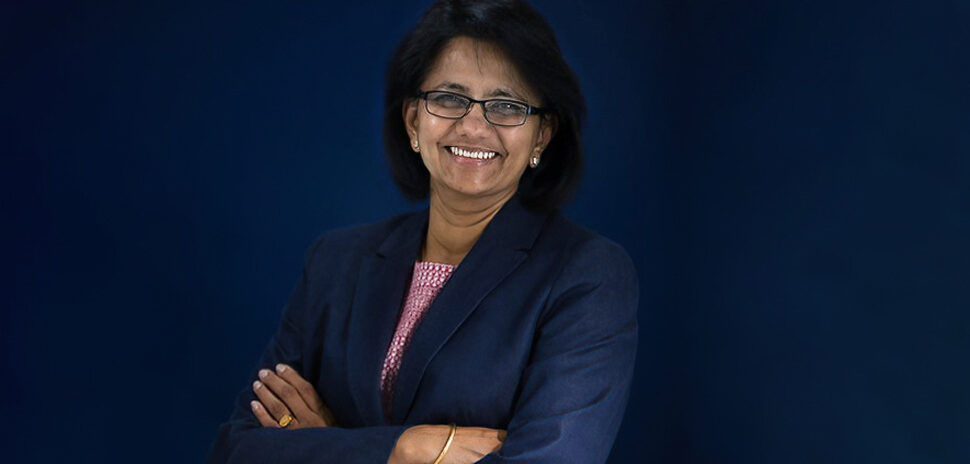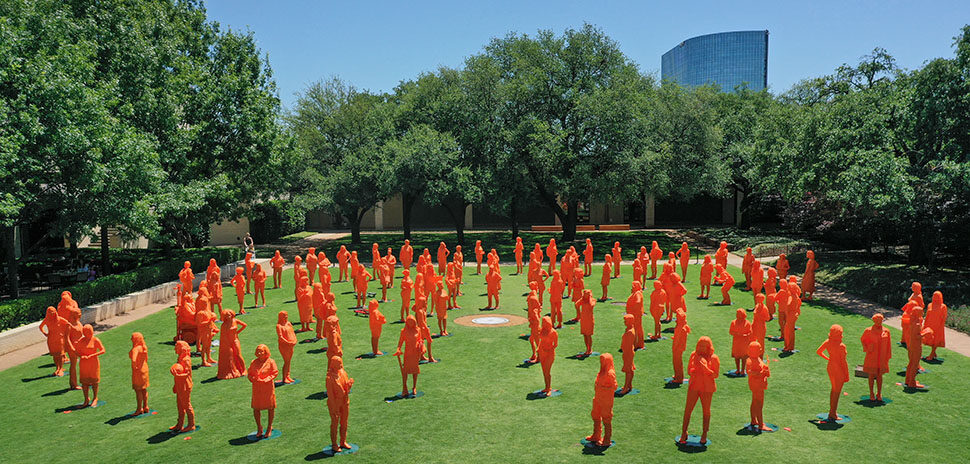There is a problem facing the tech world: not enough students are making their way into science, engineering, and tech fields. More alarming is the dearth of minority students and girls who don’t see themselves fitting into these high-skill careers. This is the STEM (science, technology, engineering, and math) pipeline gap. Only 18 percent of students graduating with engineering degrees are women and the percentage of minorities is even less.
How do we solve this social problem? How do we expose more students on the fringe to careers that could put them onto a path of greater prosperity while feeding creativity and diversity into STEM jobs?
The lack of numbers isn’t as alarming as, perhaps, the rapid decline of blue whales swimming the oceans, but we must pause and think about this a little. To be honest, a fair number of students do pursue careers in STEM, matriculating to a college or university for their training. Many high schools have CTE (career and technical education) programs where students graduate from K-12 with job-ready technical skills funneling workers into relatively high-paying careers. There are probably enough workers to keep the STEM engine moving. However, there is a larger and more significant social problem. Too many students from low-income homes, rural areas, or from minority or disenfranchised groups see no clear path to STEM careers, which typically lead to greater personal prosperity.
How do we solve this social problem? How do we expose more students on the fringe to careers that could put them onto a path of greater prosperity while feeding creativity and diversity into STEM jobs?
There are millions of professionals from diverse backgrounds from around the world who can create relevance and exposure for these students and serve as excellent role models. Teachers and students often don’t have the vast network of connections in the corporate world to find these role models when they need them.
When I was at Texas Instruments, schools used to approach us asking to have an engineer come to a classroom and talk about our jobs. My colleagues and I were very excited to help but usually too busy to take half a day to drive the school and meet with the students. Rural schools, such as Royse City High School, had an even harder time accessing working professionals. Even when we did go to the schools, we had very little knowledge about how to apply our skills to meet the needs of the classroom. Many times, we were unaware of the demographics of the students we were connecting with.
It does not take years to inspire a student. A 30 minute virtual chat with the right professional can open the doors for many students.
We recognized there was an unfulfilled need for schools to have access to a diverse set of working professionals who could share ideas, create relevance to educational units, or simply meet with students to talk about their careers. On the flip-side, companies and professionals who are looking for skills-based volunteering in education are struggling to find the right classrooms or the right opportunities to share their knowledge. This was the launch point for Nepris, where we set out to build a bridge between industry and education using a technology solution. Our vision is to make industry engagement part of the everyday classroom and level the playing field no matter if you are a women, a student of color, or just in a rural area with limited access.
Every day, we hear feedback from teachers about how industry professionals are inspiring students. The Microsoft STEM Perceptions study mentions that 57 percent of boys and 65 percent of girls who choose a STEM career did so because of just one event, one person, or one class. It does not take years to inspire a student. A 30 minute virtual chat with the right professional can open the doors for many students. Our mission is to create millions of these moments of discovery for the next generation.
Last year, students in Mr. Aeschbacher’s class at Skyview Elementary School in Richardson met with a Disney Imagineer who talked with them about his job helping conceive and design new rides for the theme park. At one point, the designer, Morgan Richardson, told his budding engineers to draw, draw, draw. Even if you aren’t going to be an artist, he said, you need to practice drawing every day because at some point, you’ll need to sketch something out. Ninety-three percent of Aeschbacher’s students receive free and reduced lunch services. “Many of our students haven’t been outside of the Dallas area,” Aeschbacher said. “The biggest problem our children are facing is poverty.”
Recognizing that his students, in their daily lives, have little to no access to STEM role models, Aeschbacher leveraged innovative technology tools to support his efforts to connect students with STEM professionals. Richardson ISD has been at the forefront of implementing Enrichment Clusters to provide real-world, project-based learning opportunities that are connected with career and college readiness.
When organizations are making efforts for education outreach and employee engagement, it is only a matter of time before industry engagement in the classroom becomes part of everyday teaching and learning and not something that happens once a year during career days.
It is especially rewarding when we are able to help students see successful professionals who look like them. Daryel Sellers, who teaches eighth-grade science at Eagle Mountain-Saginaw ISD near Fort Worth, commented about his recent experience connecting with industry: “Many of our students had the image of an old man in glasses and a lab coat in their minds when they heard the word ‘engineer.’ One of my female students remarked after talking with a female engineer from Raytheon, ‘I could see myself being an engineer.’ Making science and math professions accessible to underrepresented populations like females is a personal goal of mine, and using innovative technology solutions like Nepris has helped tremendously.” Sellers observed that “the motivation level in class to learn science and math has increased, simply because you are a role model of what they can do as a career for our students.”
Kenny Kaye Hudson, assistant superintendent of special programs at Royse City said, “One of our driving questions for our students is how do we help them understand what the real world is like? We live in Royse City, and we’ve got children who have never been outside of Royse City. One of the things I love about using technology is that it opened up the world. It really did. It opened it up so that we can bring in anybody from anywhere and really pique the interest of the kids.” Royse City students have now virtually connected with geologists, NASA scientists, Samsung engineers, botanists from Scotland, and even embalmers.
When organizations like AT&T, Frito Lay, Samsung, Alliance Data, General Motors, the World Affairs Council, etc. are making efforts for education outreach and employee engagement, it is only a matter of time before industry engagement in the classroom becomes part of everyday teaching and learning and not something that happens once a year during career days. We are doing our part to make this a reality. How about you? Join the community at Nepris.
.For a daily dose of what’s new and next in Dallas-Fort Worth innovation, subscribe to our Dallas Innovates e-newsletter.
































